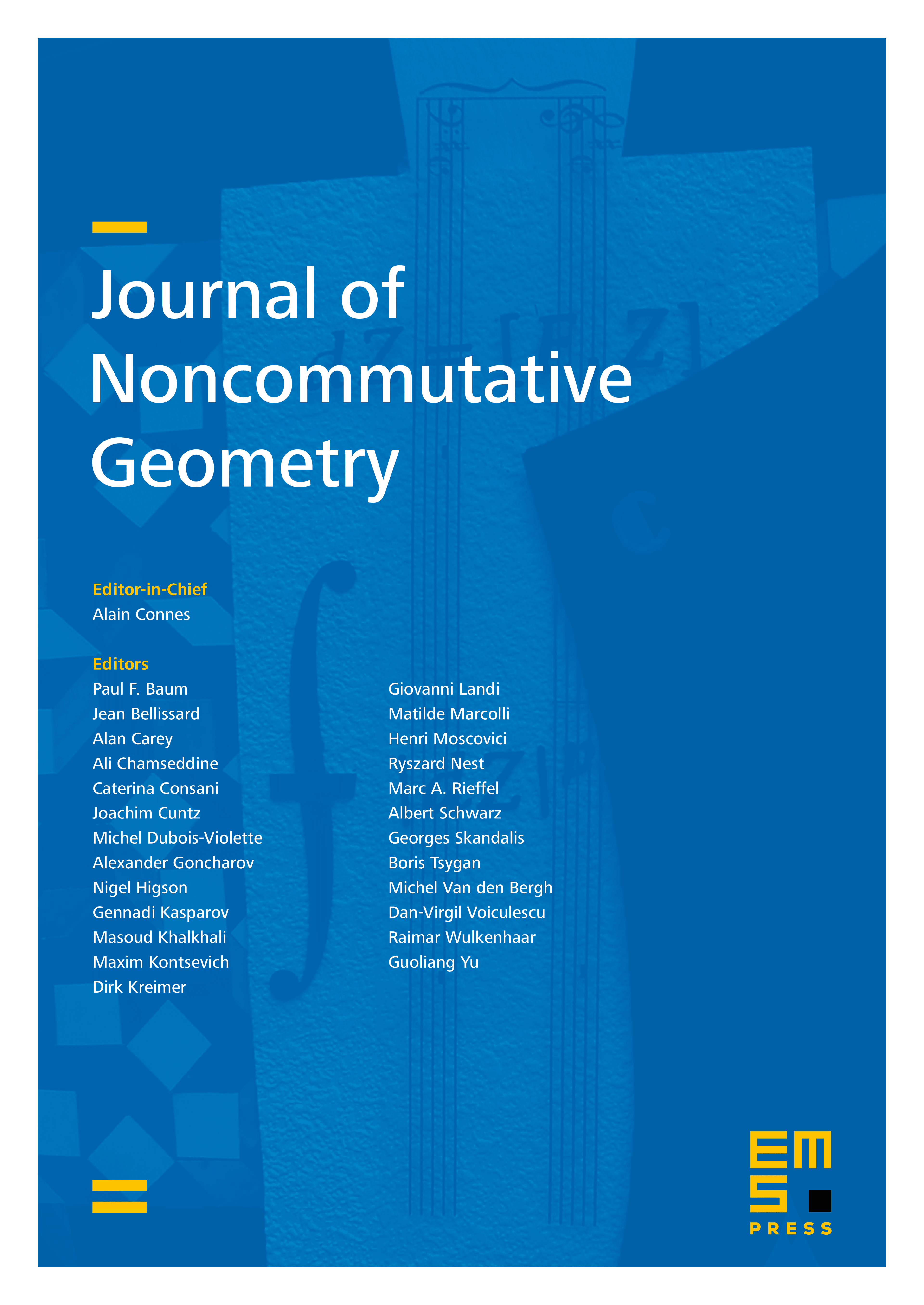Twisted Hodge diamonds give rise to non-Fourier–Mukai functors
Felix Küng
Universite Libre de Bruxelles, Brussels, Belgium

Abstract
We apply computations of twisted Hodge diamonds to construct an infinite number of non-Fourier–Mukai functors with well-behaved target and source spaces.
To accomplish this, we first study the characteristic morphism introduced in Buchweitz and Flenner [Adv. Math. 217 (2008), 205–242] in order to control it for tilting bundles. Then, we continue by applying twisted Hodge diamonds of hypersurfaces embedded in projective space to compute the Hochschild dimension of these spaces. This allows us to compute the kernel of the embedding into the projective space in Hochschild cohomology. Finally, we use the above computations to apply the construction in Rizzardo, Van den Bergh, and Neeman [Invent. Math. 216 (2019), 927–1004] of non-Fourier–Mukai functors and verify that the constructed functors indeed cannot be Fourier–Mukai for odd-dimensional quadrics.
Using this approach, we prove that there are a large number of Hochschild cohomology classes that can be used for the construction of Rizzardo, Van den Bergh, and Neeman [Invent. Math. 216 (2019), 927–1004]. Furthermore, our results allow the application of computer-based calculations to construct candidate functors for arbitrary degree hypersurfaces in arbitrary high dimensions. Verifying that these are not Fourier–Mukai still requires the existence of a tilting bundle.
In particular, we prove that there is at least one non-Fourier–Mukai functor for every odd-dimensional smooth quadric.
Cite this article
Felix Küng, Twisted Hodge diamonds give rise to non-Fourier–Mukai functors. J. Noncommut. Geom. 18 (2024), no. 3, pp. 891–952
DOI 10.4171/JNCG/543